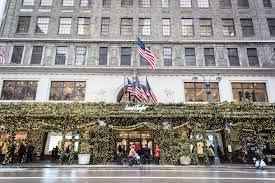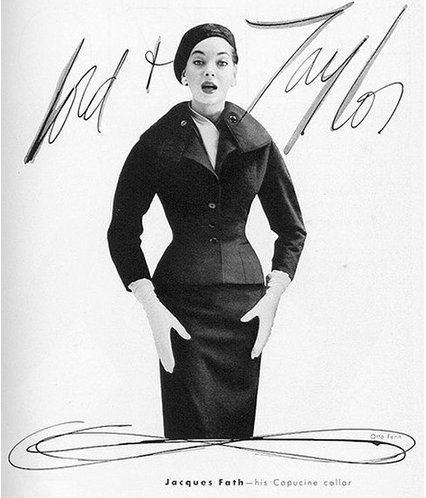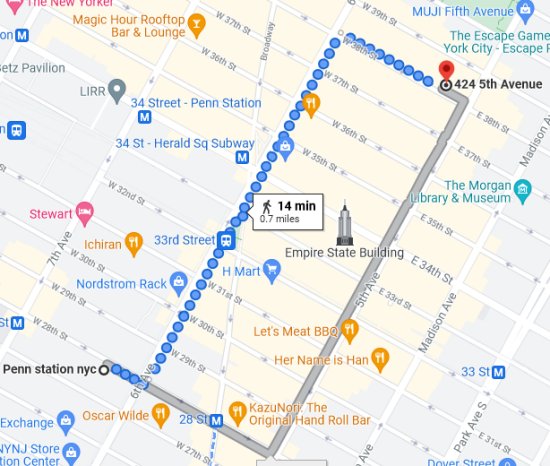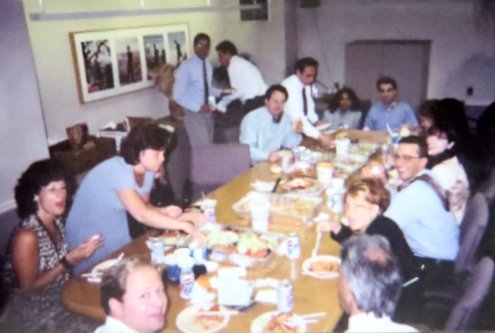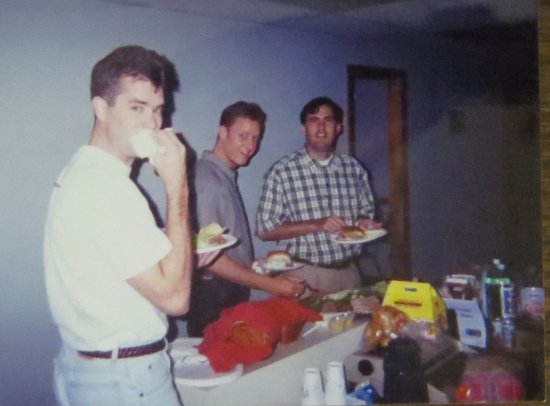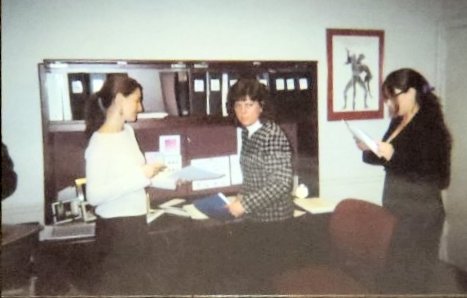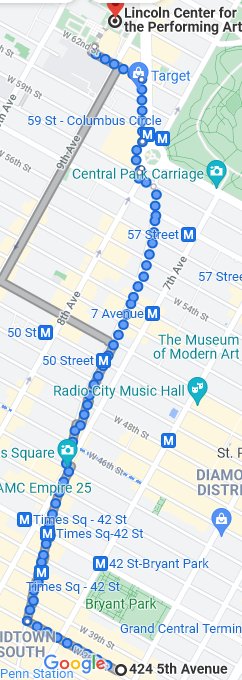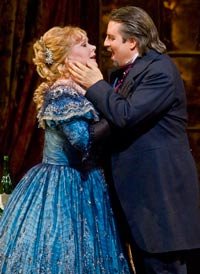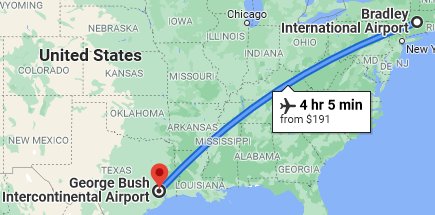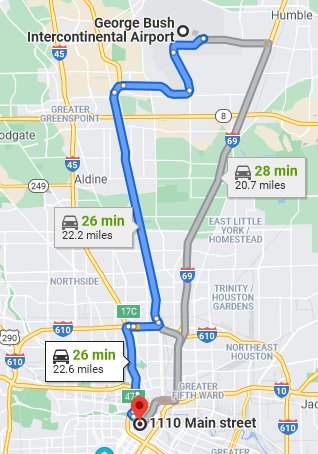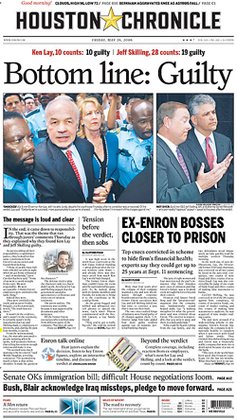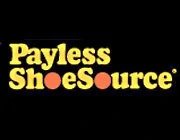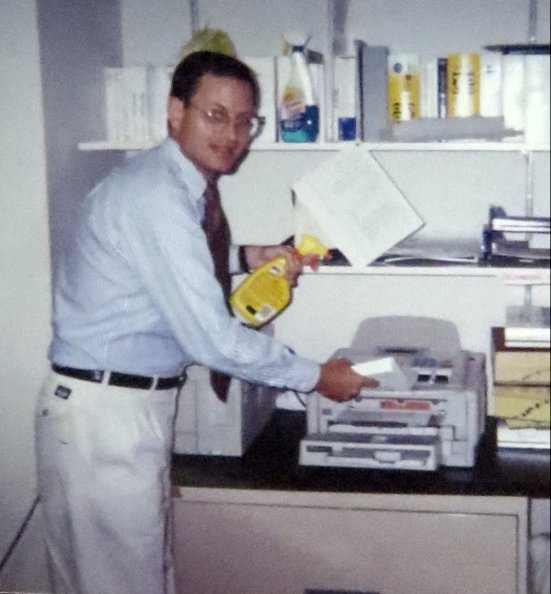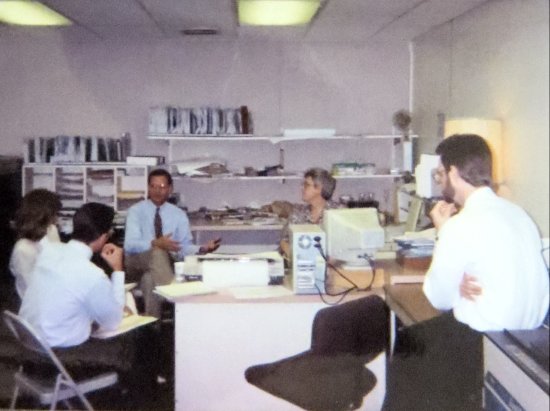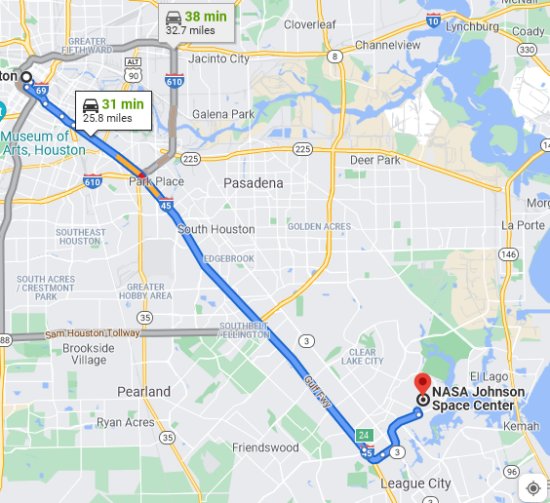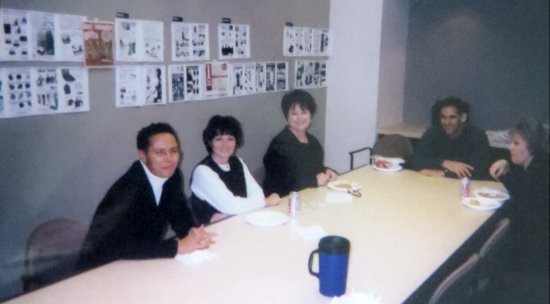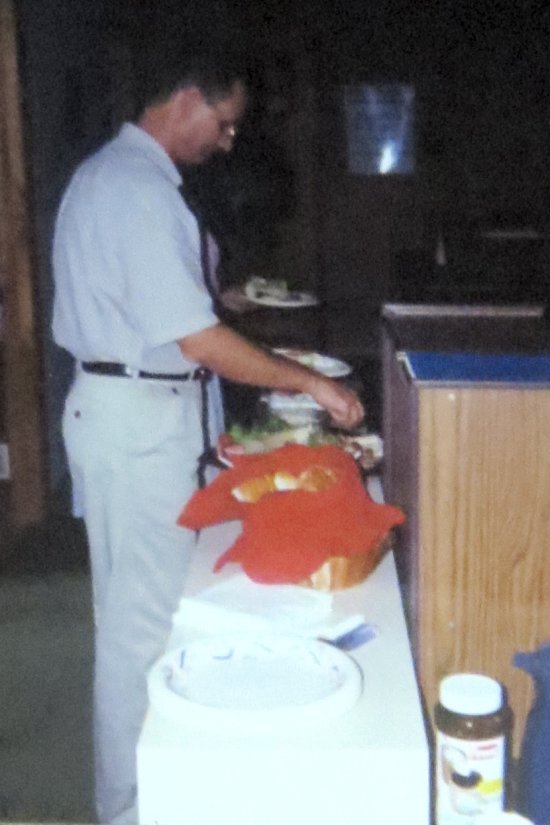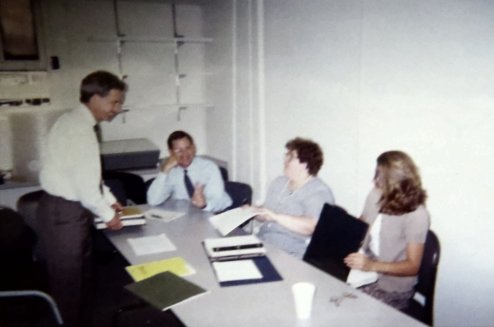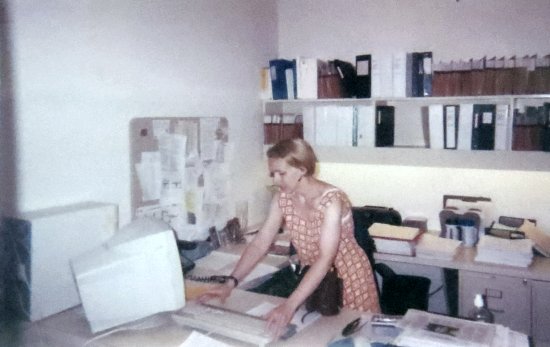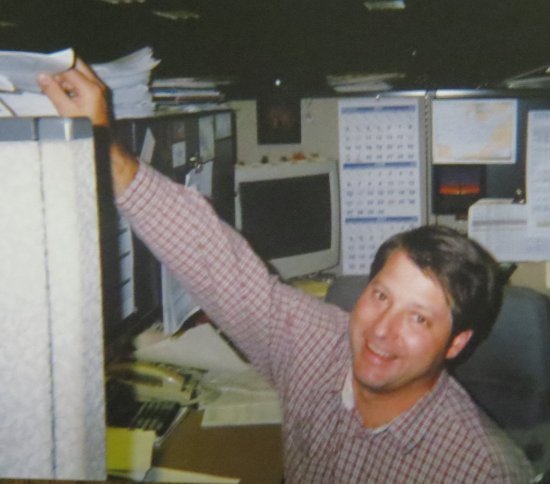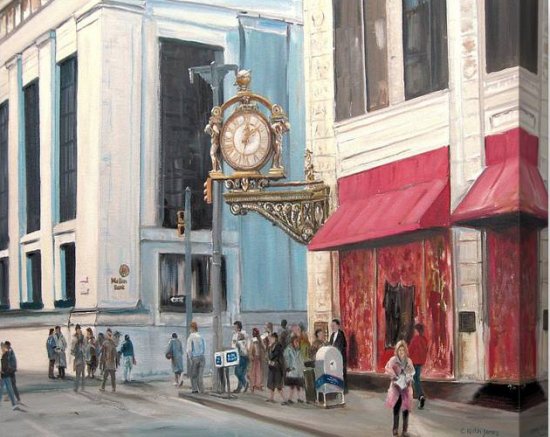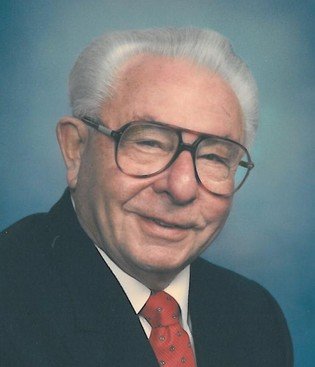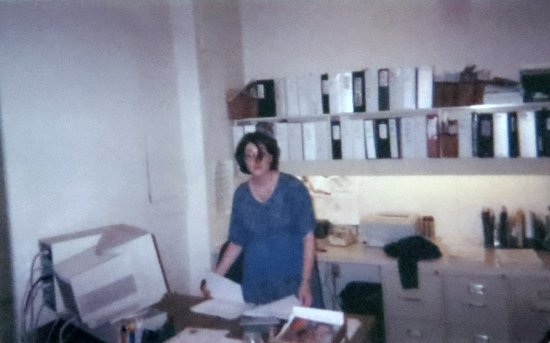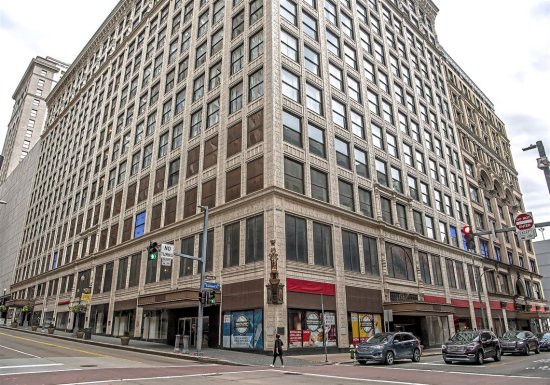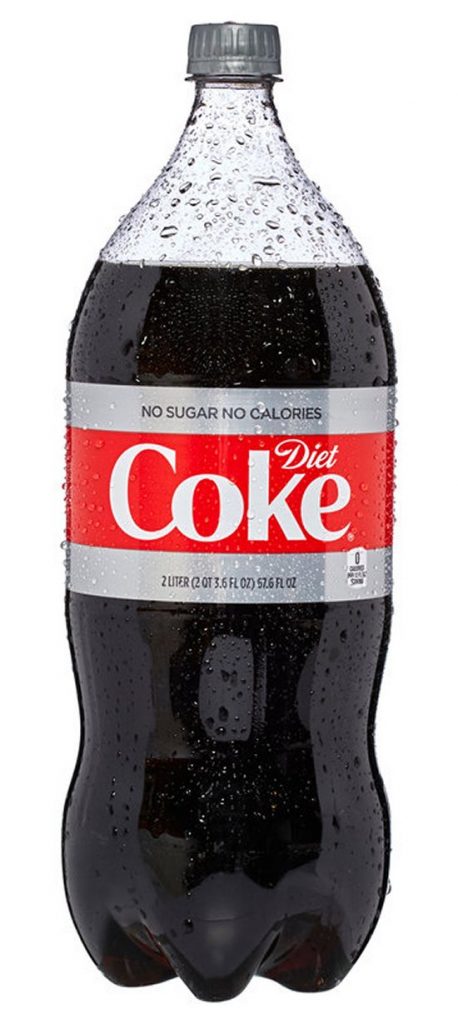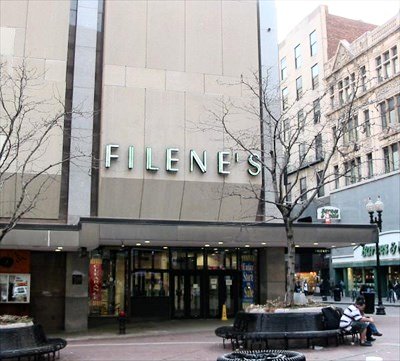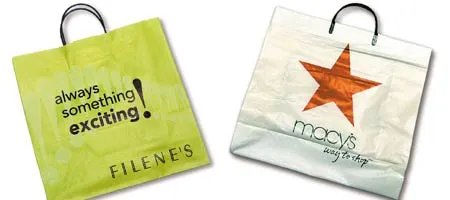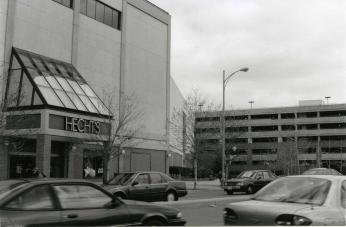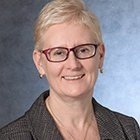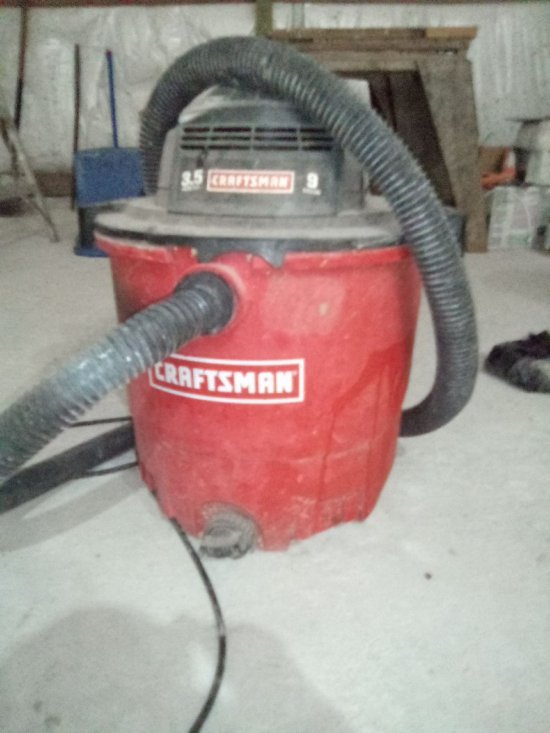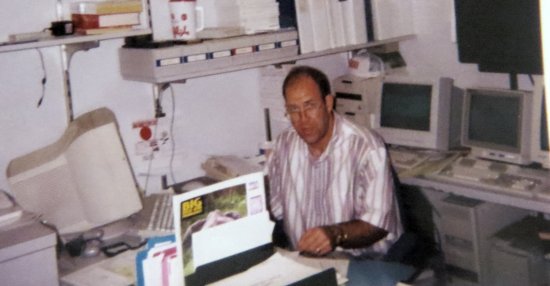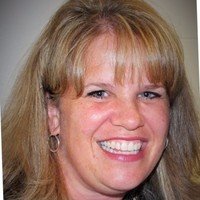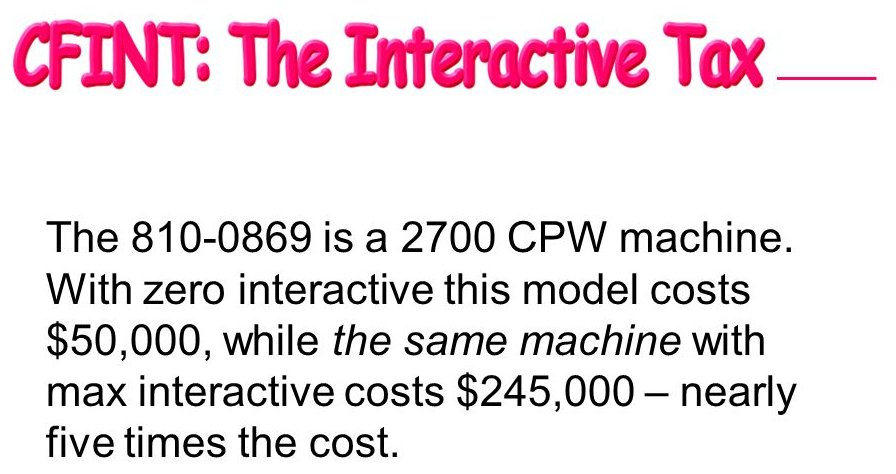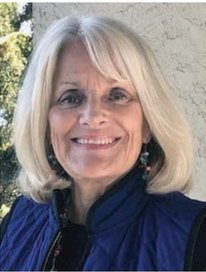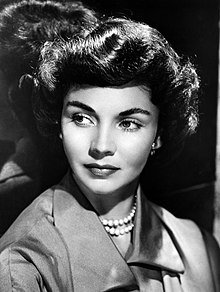Quasi-independent department store division of the May Co. Continue reading
TSI enjoyed a good relationship for nearly all of the two decades in which the chain of department stores known as Lord and Taylor used AdDept to manage its advertising department. The headquarters was in one of the upper floors of the flagship stores on Fifth Avenue in Manhattan.
I don’t remember the details leading to the contract back in December of 1993. I am not sure that we even did a demo for them at the IBM office. L&T may well have been the first sale for TSI’s marketing director, Doug Pease (introduced here).
We had two very important things going for us. The Senior VP of Advertising at L&T was Howard Adler, who had seen what we could do at Macy’s East, the first AdDept installation (described here). Moreover, L&T was owned by the May Company, and two other May Company divisions had been using AdDept successfully for a few years.
In the April 1994 issue if the newsletter, Sound Bytes, TSI announced the fact that L&T had purchased the AdDept system and an AS/4001 on which to run it:
Lord & Taylor, the third May Co. division to use the AdDept system, is currently in the process of finalizing the specifications for its system. Their system will reside in the company’s Manhattan headquarters. All areas of the department will be connected through a PC network.
Although L&T was definitely owned by the May Company, it did not play by the same rules enforced on the other department store divisions. L&T’s advertising department was not required to produce the same monthly reports that bedeviled the other divisions. Its merchandise was different—I actually saw elbow-length gloves for ladies for sale there. It was much more autonomous in many ways.
The flagship store was more elegant than that of any of the other May Company stores. The nearest men’s room to the advertising department was between elevators on a selling floors. It was by far the most spacious, sparkling, and elegant restroom that I encountered at any office, department store, or anywhere else.
I always took Amtrak to Penn Station when I visited L&T. I usually walked to the store on Fifth Avenue unless the weather was really foul, in which case I stood in line at the taxi stand on 34th St. to get the next available cab.
I entered L&T through the employee entrance, which I think was on 38th St., and descended stairs to the security area. Someone would come down to escort me to the advertising department, which was on one of the upper floors. When I left in the evening, I had to get a note from someone verifying that the laptop in my briefcase belonged to me and had not been purloined from L&T.
An amusing set of incidents in Penn Station that occurred on one of my last visits to L&T in 2007 has been recounted here.
Lord & Taylor used direct mail more than regional department stores. Notes that I compiled in 2000 state:
A very large number of reports were done for them. Unfortunately they are almost all too involved to be used by anyone else. They are the only client that uses AdDept to keep track of bill inserts – the little things included in the monthly statements.
They set up production schedules for direct mail. At one time they used AdDept for estimating direct mail, but they abandoned it. They have job jacket programs for both ROP and direct mail.
L&T also did more magazine advertising than the other divisions. AdDept did not seem to help much in that area.
We developed as part of the original design document an elaborate system for them of managing their magazine advertising (“The Projection Book”) and comparing it with competitors’, but they do not use it.
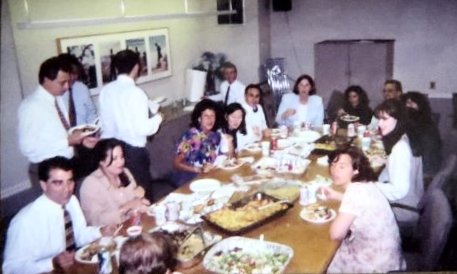
I vaguely recall that at the very beginning the liaison between TSI and L&T was Norm Vlahos2. I have only a couple of distinct memories about him. The first is that whoever chose him for that role also assigned him and another fellow to act as “security officers” for the AS/400. Norm thought that they should be issued badges or at least arm bands to designate their authority. I also remember that Norm was responsible for ordering the food for the Greek-themed feast in which most of the department participated during one of my visits.

The other person whom I remember from those early days was named Charles. I am pretty sure that he was the finance director of the advertising department. Charles had a very unusual office. One of the walls was a gigantic mirror. I am not sure what its function was, but it made me very uneasy when I was required to sit in there to talk with him.
I later learned that Charles owned a string of karate (or something similar) studios in New Jersey. Maybe he used the mirror when he practiced his moves.
Charles ordered the food from the 2nd Ave Deli for the luncheon with a Jewish theme that the department held on one of my visits. It was the best deli food that I ever tasted.
After the initial period in which the tables and historical data were into AdDept and the users had become somewhat familiar with the system, Tom Caputo3 was assigned primary responsibility for the AdDept installation. This was a big break for TSI because we got to deal with a person who had both the authority and the expertise to make good decisions about prioritizing what the system should be used for. He made our lives much easier because we seldom needed to deal directly with the users. He was good at finding out exactly what they wanted or needed and conveying the information clearly to us. Over the years he sent us a very large number of custom programming requests—so many that he asked us to combine the billing for the $75 quote fees onto one monthly bill. We were happy to do that.
Tom worked with us at L&T until 2001. He then took a job at Saks Fifth Avenue, where we again had the pleasure of working with him.
After a while L&T provided Tom with an assistant, Chris Pease4, who was employed by L&T from 1996 through 2001. We often worked closely with Chris as well.
I have a lot of very vivid memories of Tom and Chris. I remember almost nothing about the innumerable small projects that we discussed. However I distinctly remember one episode. You can see from the photos that nearly all the men in the advertising department wore suits, white shirts, and ties. One morning Tom spilled coffee or something on his shirt. He dispatched Chris down to the men’s wear department to buy a substitute for him. I was pretty impressed.
Somehow, my visits to L&T became associated with big departmental lunches in the advertising department. Trust me; no one was celebrating my presence or the wonderfulness of the code and support that TSI provided. It was just that I showed up every two or three months, and that also was deemed a reasonable interval between departmental lunches.
There was always a theme for the lunch and an employee in charge of the choice of menu and restaurant. In addition to the Greek lunch ordered by Norm and the Jewish one managed by Charles, I seem to remember an Italian pranzo and a Mexican fiesta. There may have been more. I don’t remember too many specifics, but the meals were all both authentic and delicious.
If no departmental lunch was scheduled, Tom nearly always took Chris and me to a restaurant for lunch. We usually walked to a Chinese restaurant near L&T. On one of the last occasions we ate delicious lamb chops at a chop house. This was really the life.
After Tom and Chris departed, the installation entered a holding pattern. TSI’s primary contact for several years was Esther Roman5. I am pretty sure that she was in charge of the financial area of the advertising department. AdDept was just one of the tools that she used in her job.
Denise Bessette, Bob Wroblewski (who helped TSI with marketing of AxN to newspapers), and I made a trip to Manhattan in 2004 to meet with the newspaper coordinators, Jennifer Hoke6 and Ali Flack7. The purpose of the trip was to show them how TSI’s new Internet product, AxN (described here), could work for them. The ladies were rather enthusiastic about it, and L&T used the product for quite a few years.
In 2005 Federated Department Stores merged with and took over management of the May Company stores. L&T did not fit into Federated’s plans. Seven stores were sold or rebranded as Macy’s. The rest of the stores, including the flagship store and the headquarters in New York City, were sold to NRDC Equity Partners in 2006. In the following years NRDC also negotiated the purchase of Fortunoff, which was a chain of jewelry stores that was somehow linked with a group of stores that sold outdoor furniture. The intent was to use the L&T staff to manage these stores.
NRDC wanted to keep a separate set of books for the Fortunoff stores. L&T therefore asked TSI to create a separate instance of AdDept on the same AS/400. We figured out a way to do this (some tables and even data files needed to be shared) and installed it in late 2007 so that it could be tested for a couple of months and then used live in 2008.
Our main contact at L&T during this period was Esther. I also dealt with Dan Marrero, who worked for her, in 2007 and 2008. My notes for that period also mention someone named Rachel, but I don’t remember her.
The Fortunoff scheme was a fiasco. In February of 2009 Fortunoff declared bankruptcy after a lackluster holiday season during the Great Recession. NRDC tried to sell the chain, but there were no takers. By May of 2009 all of the Fortunoff stores had been shuttered.
Meanwhile, NRDC had purchased the Hudson Bay Company, the oldest corporation in North America. It decided that the HBC staff could manage the remaining L&T stores from Ontario. The last work that TSI did for L&T was to help with the migration of the programs and data to an AS/400 somewhere in Canada.
This marriage did not work very well either. In 2019 L&T was again sold, this time to Le Tote, a company that rents women’s clothing (!). The flagship store on Fifth Avenue was closed in 2019 along with some of the other stores. The Covid-19 pandemic rendered the recovery of the remaining stores unfeasible. All the remaining stores were closed by the end of 2020.
The Lord and Taylor name remains in 2021, but only as an online retailer. I tried to find out if they still sell those long gloves. There was no search feature on the website, and there was no category that formal gloves would fit in. So, I don’t think so.
Most of my trips to L&T were one-day excursions. I rode an Amtrak train to Penn Station in the morning and caught a northbound train back home in the evening.
On Thursday, March 6, 2008, however, I stayed overnight at a hotel. When the dates for the trip had been set, I checked to see what was being staged at the Metropolitan Opera that evening. When I discovered that Verdi’s La Traviata, one of my very favorite operas, was on the bill, I resolved to attend. I had seen this opera twice at the Bushnell in Hartford, and I owned a fantastic CD that featured Luciano Pavarotti and Joan Sutherland. I had listened to that recording dozens of times.
After work on the 6th I walked the 1.7 miles from L&T (or maybe the nearby hotel) to Lincoln Center. The theater was nearly full. My seat was near the front but way to the left. I had a terrible view of the stage, but the sound in the theater was so good that the awkward viewpoint did not affect my enjoyment much. I adapted.
The building was, of course, extremely impressive both on the inside and the outside. It was hard to believe that such a huge auditorium had such outstanding acoustics.
The curtain rose on the ballroom scene. I expected for my eye to be drawn to Violetta as the life of the party, but I was wrong. Even after she started singing I was slow to identify the shortest and chubbiest woman on the stage as the legendary lady of the camellias. Ruth Ann Swenson was in excellent voice, but it was impossible to suspend disbelief about her being either an irresistible Parisian courtesan or a woman in the last stages of consumption.
The other two leads, Matthew Polenzani and Dwayne Croft, were fine, but for me the real star was Franco Zeffirelli’s classic production. I especially enjoyed the last act, which employed the Met’s stage elevators and a staircase to transport the Germonds from Violetta’s parlor to her bedroom. Operas are seldom even slightly realistic, but I don’t see how this approach could be topped.
I discovered when researching this section of the blog that the first few performances of this opera back in the beginning of the season had featured Renée Fleming. That would have been something to see, but, then again, I probably would not have been able to scare up a ticket on short notice. Furthermore, if I had waited a week, I might have been able to see Jonas Kaufmann as Alfredo. I did not know who he was in 2008, but within a few years he became the most revered tenor in the world.
The 2007-2008 season was the last that Ruth Ann Swenson performed at the Met. Peter Gelb did not offer her any more contracts, although he insisted that it was not because of her weight.
1. A detailed description of the AdDept system design can be found here. Unique features of the AS/400 are described here.
2. Norm’s LinkedIn page can be found here.
3. Tom Caputo’s LinkedIn page is here.
4. Chris Pease was not related to Doug Pease, at least not closely. Chris’s LinkedIn page is here.
5. Esther’s LinkedIn page is here.
6. Jennifer Hoke’s LinkedIn page is here.
7. I could not find a LinkedIn page for Ali Flack. However, there are strong indications that she continued to work for L&T after the management of the chain was turned over to HBC.
8. A detailed description of the AxN system can be found here.

